Instant Download Bill Davidson 4 Video Bundle – Here’s What You’ll Get Inside:
Bill Davidson 4 Video Bundle, Watch This Free Video Sample to Learn More:
Overview this course
Bill Davidson 4 Video Bundle is a comprehensive learning path for landscape painters who want to build professional-grade paintings with confidence, clarity, and glow. Spanning 28 hours of instruction across four flagship courses, the bundle takes you from first marks to gallery-ready finishes—fortifying your decisions about design, value structure, color harmony, and paint handling. Rather than offering one-off tips, Bill organizes your workflow into repeatable systems that remove guesswork while leaving room for expressive choices.
Each video zeroes in on a distinct pillar of landscape mastery:
-
Landscape Painting Secrets delivers a full start-to-finish demonstration, highlighting those high-leverage zones—sky, water, midground/foreground, and final accents—that shape how viewers read a painting.
-
How to Paint Glowing Landscapes unpacks the color strategies and value relationships that create convincing luminosity at sunrise/sunset without muddy mixtures.
-
Painting Simplified streamlines your process with a practical 3-step scaffold and mindset tools that keep intuition and structure in balance.
-
Landscapes Reinvented advances your technical repertoire (temperature shifts, layering, depth cues) and introduces a practical “three passes of paint” framework to control texture and impact.
Bill’s teaching is warm, precise, and ruthlessly pragmatic. He explains why each step matters, not just what to do, and he frequently links new concepts to familiar ideas so you assimilate faster. You’ll see how he premixes strings, tests mixtures, sequences values, and refines edges—then apply the exact logic to your own work whether you paint in oils or acrylics.
This bundle is designed for international learners: clear English narration, chaptered modules, and repeatable exercises make it easy to study at your pace and return to specific segments as your skills grow.
Why should you choose this course?
-
A complete ecosystem, not a single trick. You get design fundamentals, tonal organization, color strategies for glow, water and reflection logic, brushwork for edges, and finishing tactics—integrated into one coherent method.
-
Professional discipline made friendly. Bill’s premium results come from simple, teachable steps: premix intelligently, test quickly, commit to value families, and layer with intention. The process is rigorous but never rigid.
-
Systems that scale with you. From your first plein air study to larger studio works, the same checklists (design → value → color → edge → accent) fit every subject and format.
-
Clarity about where to focus. Not all square inches are equal. You’ll learn to allocate your best drawing, contrast, and chroma to the most influential areas so your focal path is unmistakable—without gimmicks.
-
Color that stays clean. Through controlled temperature shifts and staged paint consistency, you’ll keep mixtures luminous, avoid “chalky” lights, and preserve believable atmosphere from sky to ground.
-
Mindset that lifts performance. The training addresses the psychology of painting—risk-taking, pacing, and turning evaluation into a calm habit—so you finish more works you’re proud of.
-
Modern tools, old-world eye. From testing ideas in Procreate® to time-boxing phases and “oiling out” before a final pass, you’ll blend digital planning with traditional craftsmanship.
What You’ll Learn
Design & Composition that read at a glance
-
Build a value-based blueprint before color: identify big shapes, assign simple value families, and stage contrast where you want the eye to land.
-
Use spacing and lighting decisions to create rhythm; alternate rest and detail so compositions feel inevitable rather than crowded.
-
Establish foreground–midground–background relationships via overlap, scale, edge hierarchy, and soft atmospheric transitions.
The tonal foundation: from wash to structure
-
Execute a tonal underpainting that previews the ultimate value pattern and simplifies later choices.
-
Move from tonal to color with intentional shifts (cool-to-warm, muted-to-chroma) that keep harmony intact.
Color harmony & the science of glow
-
Coordinate temperature shifts across sky, water, land, and foliage so light appears unified.
-
Convert sunsets and reflected light into controlled chroma ladders, using supporting neutrals (the “quiet partners” of glow) to avoid garishness.
-
Master mid-tone management—the zone where most paintings fail—so your lights feel luminous and your darks stay rich, not heavy.
Water, reflections, and believable surfaces
-
Translate the logic of reflections: value drop vs. object, vertical vs. horizontal strokes, edge softness, and rhythm of broken color for ripples.
-
Resolve near/far water planes by compressing values and cooling temperatures with distance.
Brushwork, edges, and texture
-
Choose and control the right brush types for soft gradations, crisp accents, and shape carving without overworking.
-
Orchestrate edge variety—lost and found, firm and soft—to guide the viewer’s path.
-
Use “soft sideways touch” and feathering techniques to imply form without excessive detail.
The three-pass paint strategy (controls texture & impact)
-
Pass 1: lean, fluid applications lay the road map—cover the canvas, place the value families, and block key color notes.
-
Pass 2: a denser, buttery layer builds form and atmosphere; temperature is refined, shapes are corrected, and edges start to sing.
-
Pass 3: a deliberately thicker, paste-like finish for accents and chroma punches—reserved for focal planes and light catches so your surface comes alive.
-
Learn when to let a layer set (or fully dry) and how to oil out sensitive areas before making final adjustments to unify sheen and color read.
Premixing & problem-solving before the brush hits the panel
-
Construct color strings that handle sky ramps, foliage families, and water reflections; test against your underpainting to preempt mud.
-
Ask Bill’s four essential mixing questions (reframed as a decision tree) to lock down hue, value, chroma, and temperature—fast.
Foreground magic without fuss
-
Turn “ordinary elements” (weeds, stones, small water breaks) into gesture carriers that add scale and movement.
-
Use dark accents sparingly to pull key shapes forward and deepen spatial tension.
Finishing with purpose
-
Make micro-adjustments that add depth and texture without reopening the whole painting.
-
Evaluate the viewer read (what’s seen first, second, third) and deploy selective edge sharpening, chroma lifts, and tiny directional marks (birds, reeds, sparkles) to finalize the story.
Painting Simplified: workflow & mindset
-
Install a 3-step build that prevents paralysis: design → develop → finish—each with clear exit criteria.
-
Harness intuition safely: where to take a creative risk, how to iterate quickly with thumbnails or digital overlays before committing.
-
Understand the mental state of momentum—how to enter flow, when to pause, and how to critique without derailing yourself.
Landscapes Reinvented: depth, harmony, and modern color
-
Create depth and atmosphere in close-up scenes via relative temperature and value compression.
-
Orchestrate discordant or intense notes judiciously so they energize the harmony (not explode it).
-
Layer paints from transparent to opaque for rich surfaces that still read as a single light environment.
-
Conduct yellow-forward temperature shifts without chalking the mix; keep warm light believable against cool shadows.
-
Design with the “windowpane” concept—subframes that anchor focal structure—so detail feels purposeful.
Digital planning & studio craft
-
Use Procreate® to test crops, contrasts, and final accents before you touch the canvas.
-
Apply “oiling out” at the right time to restore value/chroma parity and finish confidently.
Career-smart habits (for artists eyeing galleries and awards)
-
Light with intention; understand gallery lighting expectations and how that affects your value key.
-
Document process, maintain a reference library, and track which design choices correlate with sales and juror attention.
Who Should Take This Course?
-
Intermediate landscape painters who want to replace trial-and-error with a proven, structured workflow that still leaves room for style.
-
Advanced painters and instructors seeking fresh language and teachable frameworks to pass on to students or refine masterclass content.
-
Studio and plein air artists aiming to translate field studies into finished works without losing freshness.
-
Oil and acrylic painters frustrated by muddy passages, uncertain focal paths, or flat atmospheres.
-
Emerging professionals preparing portfolios for galleries, competitions, or collector presentations who need disciplined finish strategies.
-
Multimedia artists (e.g., digital + traditional) who want to integrate on-screen planning with tactile paint handling.
If your goal is to build landscapes that look inevitable—clear design, lucid light, and expressive surfaces—this bundle gives you the roadmap.
Conclusion
Great landscapes aren’t accidents; they’re the result of sound design, disciplined value structure, intentional color temperature, and paint handling that adds meaning—not noise. The Bill Davidson 4 Video Bundle condenses years of studio practice and workshop wisdom into a friendly, step-by-step system you can deploy immediately. By internalizing these habits—premixing with purpose, staging three decisive passes, prioritizing edges and focal rhythm—you’ll finish more paintings, level up their quality, and speak to viewers with clarity and grace.
Take the next step toward luminous, confident landscapes—start this bundle, follow the sequences on your very next canvas, and feel your work transform.

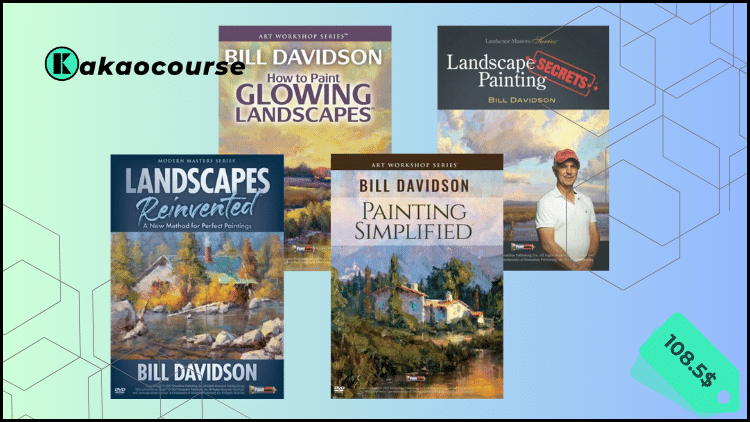


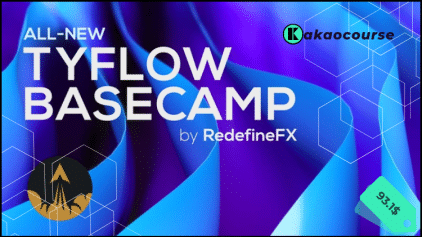
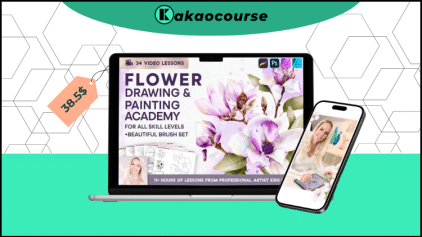


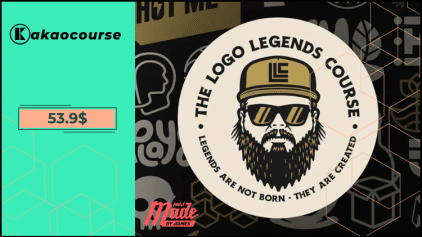
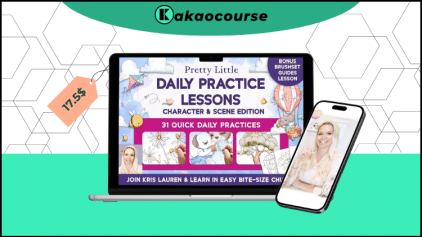
Reviews
There are no reviews yet.